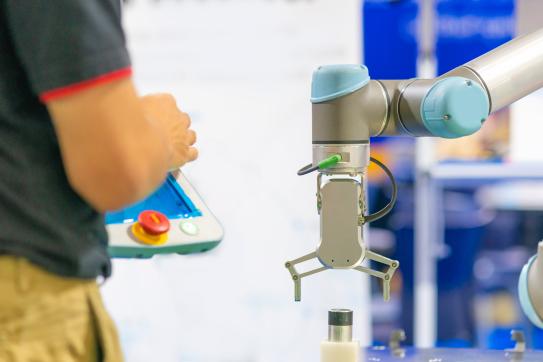From support staff to senior managers, we’ve all learned that change is the norm—often coming hand in hand with new technologies.
The increased adoption of remote work following the pandemic, for example, has accelerated the use of tools that allow workers to collaborate and communicate within a geographically dispersed workplace. And it has led organizations to devise new workforce habits. Many companies that brought staff back to the office over the past year have done so for just a handful of days. Many are asking if the future of work will be permanently hybrid.
It certainly seems likely. Flexible schedules and time management policies afford workers a far better work-life balance and provide hiring managers with incentives that help them woo the best employees. And while working at the office means you’re more likely to forge closer bonds with your colleagues and managers, it presents disadvantages for those who can’t. Given such shifts, managers may need training to effectively manage remote workforces.
To provide some perspective, change was the norm long before the digital era. While it was jarring when the global pandemic sent workers home in droves to collaborate on Zoom and Google Docs, working in offices is the relative newcomer. Throughout history, manual laborers toiled in nearby fields and forests and around the hearth and homestead while relatively few ventured forth to fight wars, trade, or explore. It wasn’t until the Industrial Revolution that multitudes left home, commuting or moving closer to factory jobs. The diaspora accelerated as service industries grew and knowledge workers flocked to cities, spurring the formation of bed- room communities along with a market for real estate relocations and business-class travel.
As emerging technologies deliver advances that were once the realm of science fiction, it’s clear that educators, researchers, policymakers, and entrepreneurs must unearth and fully understand the potential these technologies offer us in order to drive and guide innovation and prepare the workforce of the future. As each wave appears on the horizon, the race is on to avoid being plowed under when the inevitable changes come—or better yet, to take a place at the helm of creating the disruptors that will come out on top.
